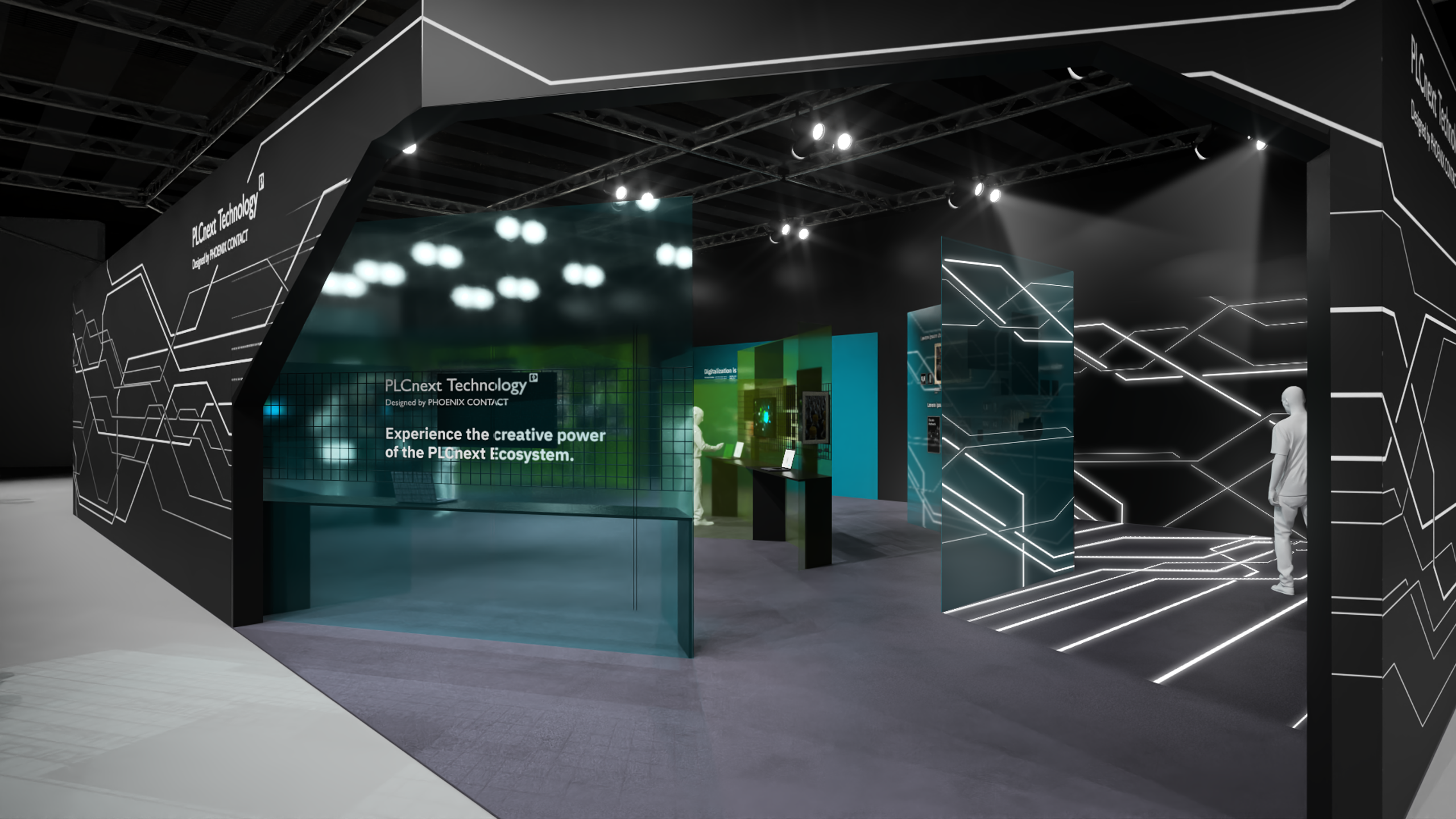This is my archive
Supported data types in C# The following table illustrates how the IEC 61131‑3 data types are linked to the .Net framework and to C#, respectively. Note: Variables of data types that are marked with a + in the Attribute mandatory column must have the (otherwise optional) attribute DataType for unambiguous assignment. Read More
Creating a C# function block library With Visual Studio®, you can program functions, function blocks, function containers and programs in C# which you can subsequently import using the PLCnext Technology engineering software, PLCnext Engineer and use on a PLCnext Technology device. Tutorial video Note: Tutorial videos are embedded from the Phoenix Contact Technical Support YouTube channel. With playing… Read More
Referenceable libraries in the System namespace The PLCnext Technology programming system for C# needs referenced libraries which are specifically built for the eCLR runtime. For this, we introduced our own framework (similar to .NET framework) and the eCLR base class libraries. This approach takes care that it’s always downward compatible: libraries… Read More
How C# fits into PLCnext Technology Here’s a short overview to the key concept before starting your first C# programming session. C# programming in PLCnext Technology is based on the embedded Common Language Runtime (eCLR) by ProConOS. This runtime system is able to transform both standard hardware and specific… Read More
Tool downloads ‒ what to install and where to find it There are different tools available, depending on what you want to create. Hover and click the following graphic to get more information. For details on programming in the context of PLCnext Technology, see Introduction to PLCnext programming. Tip: Check available firmware releases for… Read More
Library Description In the project tree you will find the file LibraryDescription.xml in the ProjectItems section. The file contains additional description for the POUs and their formal parameters which are shown as tool tips. It also enables the structuring of POUs into groups. For supporting different languages,… Read More




